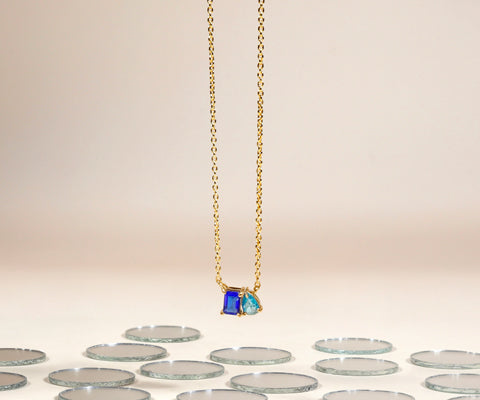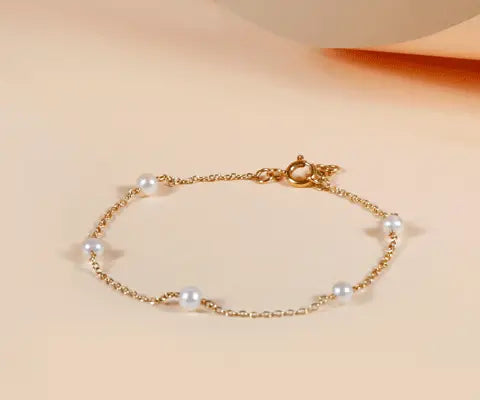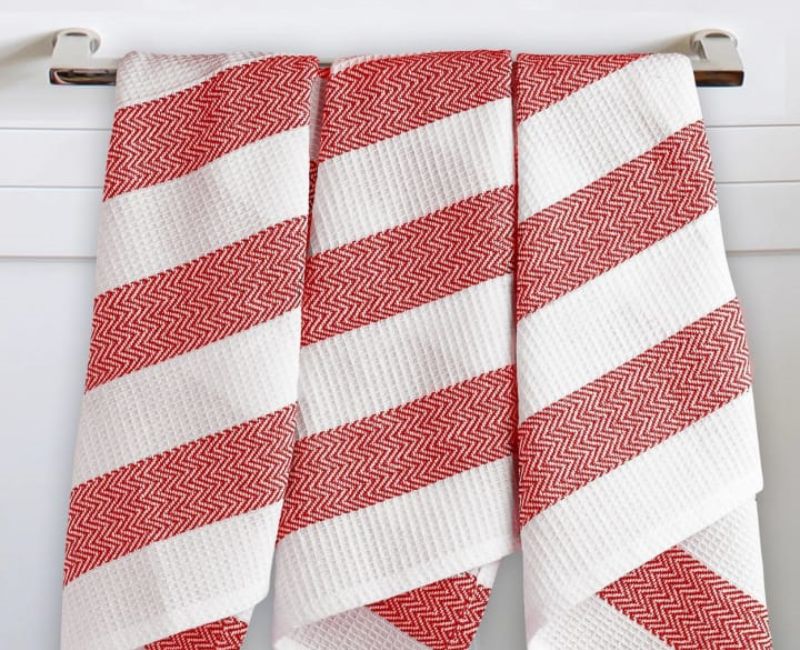1. Understanding the Connection Between Bedding and Back Pain
It’s essential to understand how bedding affects your back. Poor mattress support or an inappropriate pillow can put your spine out of alignment, leading to tension and pain in the back. Over time, this can worsen existing conditions like herniated discs or sciatica and contribute to chronic pain issues. On the other hand, the right bedding provides proper spinal alignment and pressure relief, which can significantly reduce or eliminate pain. Understanding this connection is the first step in choosing the right bedding for a healthy back.

The spine naturally curves in three places: the neck, upper back, and lower back. When you lie down, your mattress should support these curves. If it doesn’t, your muscles will work overtime to maintain your spinal alignment, which can lead to back pain. A mattress that is too firm might push on your pressure points, causing misalignment, while a mattress that is too soft won’t support those points, letting your spine fall out of alignment.
2. Choosing the Right Mattress for Back Support
Your mattress is the foundation of a good night's sleep. When it comes to selecting a mattress for back pain relief, there are several factors to consider:
- Firmness: Many people believe that a firmer mattress is better for back pain, but this is not always true. The best mattress for back pain provides a balance between firmness and softness. It should be firm enough to support your spine but soft enough to cushion your pressure points.
- Material: Mattresses come in various materials, including memory foam, latex, and innerspring. Memory foam mattresses are known for their ability to contour to the shape of your body, providing customized support and pressure relief. Latex mattresses are also a good choice as they are firm and resilient, offering great support for your spine. Innerspring mattresses, which use coils for support, are less recommended for back pain sufferers, as they tend to wear out faster and provide less consistent support over time.
- Sleep Position: Your preferred sleep position also influences the type of mattress you should choose. For example, side sleepers might prefer a softer mattress that allows their shoulders and hips to sink in slightly, maintaining spinal alignment. Back sleepers typically benefit from a medium-firm mattress that supports the lower back without letting it sink in too much.

Investing in a high-quality mattress can be a game-changer for those suffering from back pain. A mattress designed with back support in mind will help keep your spine aligned, reduce pressure on sensitive areas, and allow your muscles to relax during sleep, leading to a more restful night and less pain upon waking.
Also Read: Why Organic Cotton Bedding is Considered the Best Option
3. The Importance of Pillows in Reducing Back Pain
Just like mattresses, the right pillow plays a crucial role in reducing back pain. A pillow that is too high or too low can cause your neck and upper back to be out of alignment with the rest of your spine, leading to pain. Here’s what to look for in a supportive pillow:
- Material: Pillows made of memory foam or latex are generally the best options for those with back pain. These materials conform to the shape of your head and neck, providing consistent support throughout the night. Feather pillows can also be a good choice if they are well-maintained, as they offer a combination of softness and support.
- Height: The height of your pillow should correspond to your sleep position. For instance, side sleepers often need a higher pillow to keep their head aligned with their spine, while back sleepers might prefer a thinner pillow. Stomach sleepers, who are more prone to back pain due to the unnatural position of their spine, might benefit from no pillow at all or a very thin one.
- Shape: Some pillows are specifically designed to support spinal alignment. Contour pillows, which have a curved shape, are a popular choice. These pillows are higher under the neck and lower under the head, promoting a natural alignment that can help prevent and alleviate back pain.
Choosing the right pillow can enhance the supportive benefits of your mattress and significantly reduce the likelihood of waking up with a sore back. Pairing the right mattress with the right pillow creates a sleep environment that promotes spinal health and pain-free rest.
4. Mattress Toppers: An Additional Layer of Comfort
If you’re not ready to invest in a new mattress just yet, or if your mattress is relatively new but not providing enough support, a mattress topper can be a great solution. Mattress toppers add an extra layer of cushioning and can adjust the firmness of your mattress to better suit your needs.
- Memory Foam Toppers: These are the most popular choice for adding support and comfort. A memory foam topper can help reduce pressure points and improve spinal alignment by molding to the shape of your body.
- Latex Toppers: These are firmer and more resilient than memory foam toppers. They offer excellent support and are often preferred by those who find memory foam too soft.
- Wool or Down Toppers: While these materials offer a luxurious, plush feel, they don’t provide the same level of support as memory foam or latex. They’re best suited for people who need just a slight adjustment to their mattress’s firmness or those who sleep hot and need a cooler sleep surface.

A mattress topper can breathe new life into an old mattress and provide the additional support needed to reduce back pain. They are also a more affordable option compared to purchasing a new mattress.
Read Related: Eco-Friendly Sleep: Sustainable Bedding Options for the Environmentally Conscious
5. Adjustable Beds: Customizable Support for Back Pain Relief
Adjustable beds have become increasingly popular as a solution for back pain. These beds allow you to adjust the angle of the head and foot of the bed, providing customized support that can help alleviate pain and improve sleep quality.
- Elevating the Head: By raising the head of the bed, you can reduce pressure on your lower back and improve breathing, which can be particularly beneficial for those with sleep apnea or acid reflux. This position can also relieve tension in the neck and shoulders.
- Raising the Legs: Elevating your legs can help reduce pressure on the lower spine and improve circulation. This position is especially beneficial for those who suffer from lower back pain or swelling in the legs.
- Zero Gravity Position: Many adjustable beds offer a zero gravity position, where the head and legs are raised in a way that mimics the position astronauts use during takeoff. This position evenly distributes your body weight and reduces pressure on the spine, which can significantly alleviate back pain.
Investing in an adjustable bed can be particularly beneficial for people with chronic back pain or those recovering from surgery. The ability to adjust the bed to your specific needs can lead to more restful sleep and reduced pain.
6. Bedding Accessories: Enhancing Your Sleep Environment
Beyond the mattress and pillow, other bedding accessories can contribute to a pain-free night’s rest. These include:
- Body Pillows: A body pillow can provide additional support for side sleepers by helping to maintain proper spinal alignment. Hugging a body pillow can keep your shoulders and hips aligned, reducing strain on your back.
- Lumbar Support Cushions: For back sleepers, placing a small cushion or rolled towel under the lower back can help maintain the natural curve of the spine, reducing pain and stiffness.
- Weighted Blankets: While primarily used for anxiety relief, weighted blankets can also improve sleep quality by promoting relaxation. The gentle pressure of a weighted blanket can reduce muscle tension and promote a deeper, more restful sleep.
- Cooling Pads: For those who sleep hot, a cooling pad can help regulate your body temperature throughout the night. Keeping cool can reduce tossing and turning, leading to a more restful sleep and less stress on your back.
By incorporating these accessories into your sleep routine, you can create an environment that supports spinal health and reduces the likelihood of back pain.
7. Maintaining Your Bedding for Long-Term Support
Once you’ve invested in supportive bedding, it’s important to maintain it to ensure it continues to provide the necessary support. Here are some tips for bedding maintenance:
- Regularly Rotate Your Mattress: To prevent sagging and ensure even wear, rotate your mattress every 3-6 months. Some mattresses can also be flipped, but check the manufacturer’s guidelines first.
- Replace Pillows Frequently: Over time, pillows lose their shape and support. It’s generally recommended to replace your pillows every 1-2 years, depending on the material.
- Clean Bedding Regularly: Keep your bedding clean to extend its lifespan. Wash your sheets weekly and your mattress protector monthly. Pillows and mattress toppers should also be cleaned according to the manufacturer’s instructions.
- Inspect Your Bedding for Wear: Periodically check your mattress, pillow, and other bedding for signs of wear and tear. If you notice sagging, lumps, or other issues, it may be time to replace the item.

Proper maintenance can extend the life of your bedding and ensure that it continues to support your spine and reduce back pain over time.

By choosing the right bedding and maintaining it properly, you can say goodbye to back pain and enjoy a more restful, pain-free night’s sleep.









